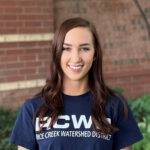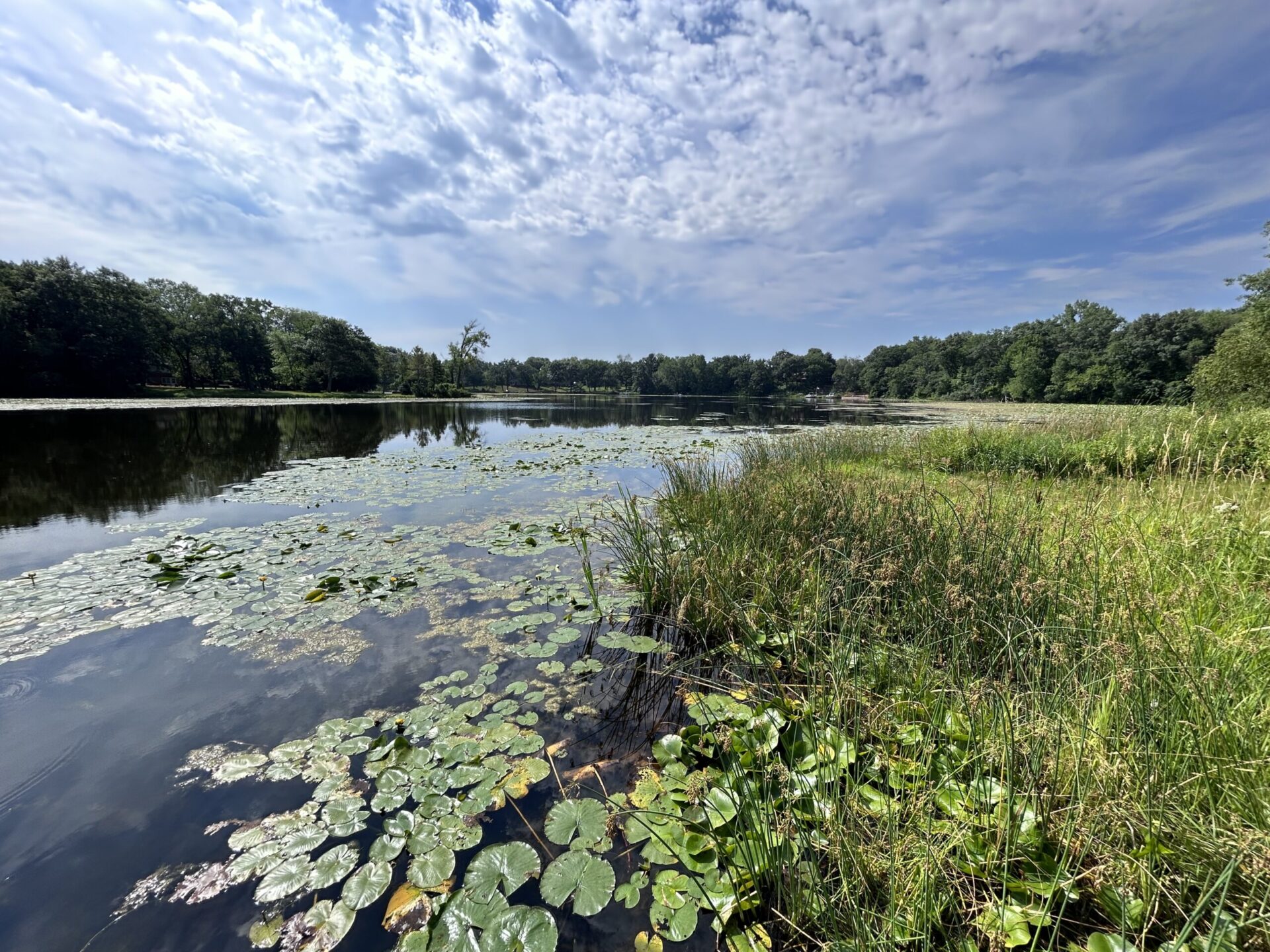
Lakeshore Property Owners
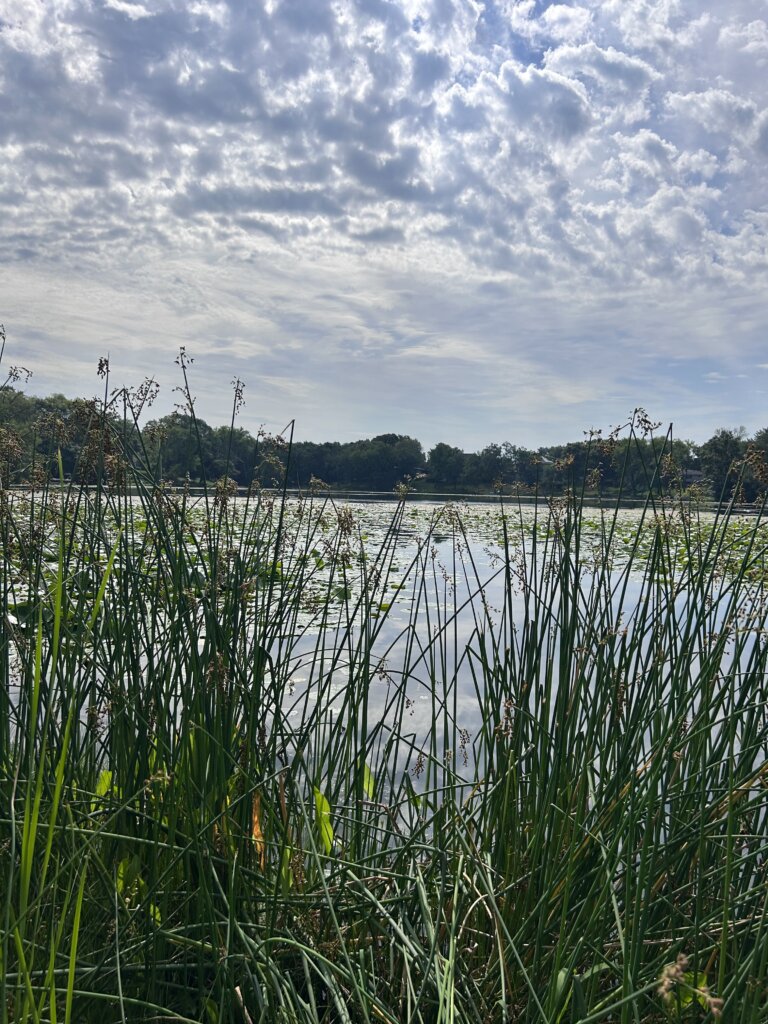
Lakeshore and shoreline property owners play a crucial role in protecting water quality. By restoring and maintaining natural shorelines, using native plants, using natural erosion control techniques, and doing responsible land and yard practices we can protect and preserve our water bodies.
Watch quick videos about lakeshore restoration and stewardship created in collaboration with RCWD’s partners at the Anoka County Water Resource Outreach Collaborative.
Lake Associations
RCWD staff work with lake associations to protect our water bodies. RCWD staff regularly attend association meetings to discuss water monitoring results, local initiatives, and progress made towards existing goals. Lake associations make excellent partners because changes in the lake are experienced first hand and residents are committed to working together to understand and improve conditions.
- For information about your lake’ s water quality, click here: Minnesota Pollution Control Agency’s or visit the Water Quality page.
- For information about aquatic invasive species in your lake, click here: Minnesota Department of Natural Resources (DNR) Infested Water’s List
Lake Associations can apply for grants to implement projects like shoreline restorations, rain gardens, and other water quality related activities.
Additional Grant Programs and Funding Opportunities Separate from RCWD Programs
- Lawns to Legumes Program
Program run by Blue Thumb and MN Board of Water and Soil Resources, Minnesota residents are eligible to apply for Lawns to Legumes cost-share funding of up to $400 to create pollinator habitat in their yards.
Apply here: Blue Thumb Website - Soil and Water Conservation Districts (SWCD)
Contact your county’s soil and water conservation district for more help and funding for certain projects.
Aquatic Plants and Water Quality
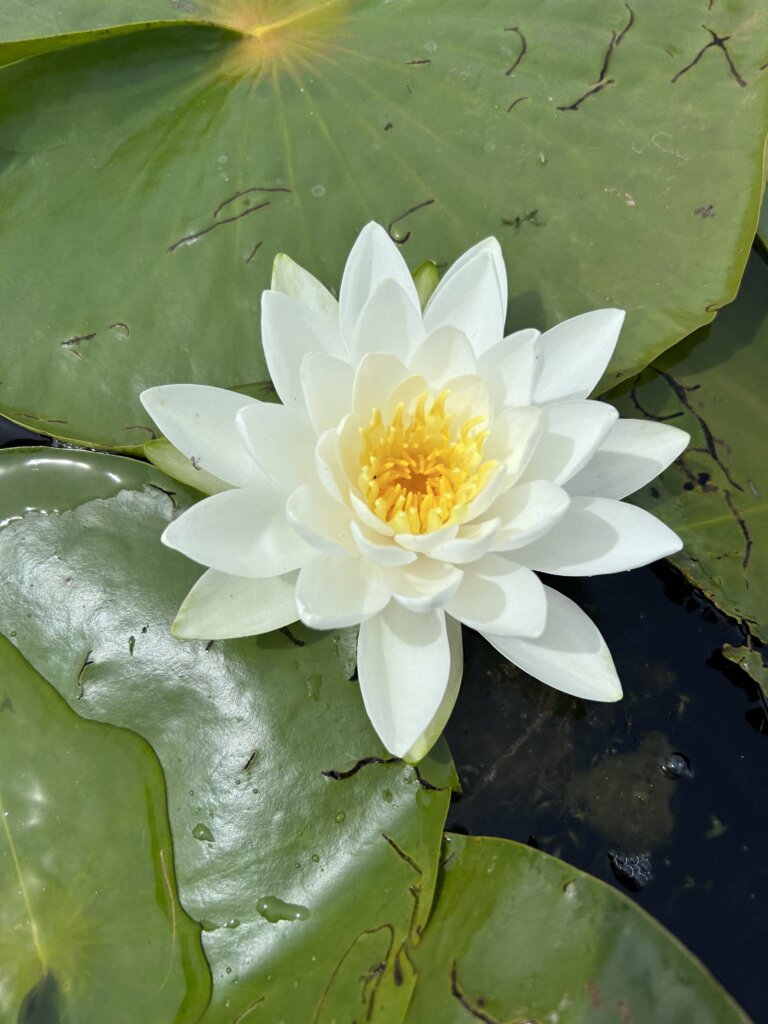
There are many lakes, especially shallow ones in RCWD, that have diverse aquatic vegetation, including emergent plants, submerged plants, and floating plants. It’s important to protect and restore these plant communities for good water quality.
Aquatic native plants play a vital role in maintaining and improving water quality in aquatic ecosystems. Their extensive root systems help stabilize shorelines and prevent erosion, reducing sediment runoff and maintaining water clarity. They absorb excess nutrients such as nitrogen and phosphorus, which are often responsible for harmful algal blooms. These plants also have fish and aquatic life benefits as well.
- Learn more about aquatic plants and their relation to water quality in RCWD here: RCWD Aquatic Plant Storymap
- Learn more about Aquatic Native Plant Species here: Minnesota DNR Aquatic Plants
Aquatic Invasive Species (AIS)
RCWD is committed to providing education and outreach assistance to prevent the further spread of AIS. In some cases, financial assistance may be available to support management activities for AIS with a direct impact on water quality.
Concerned that you may have found a new invasive species? Contact: Minnesota Department of Natural Resources (DNR) AIS Department
- Guide to Minnesota AIS
- Additional Educational and Outreach Materials for AIS in Minnesota
- To learn more about AIS in Minnesota from the DNR click here: Minnesota DNR AIS website
- To learn more about AIS in Minnesota from the University of Minnesota click here: Minnesota Aquatic Invasive Species Research Center
- For information about AIS in your lake, click here: Minnesota Department of Natural Resources (DNR) Infested Water’s List
- Learn steps to prevent spread of aquatic invasive species here: Clean, Drain and Dry Your Boat to Prevent the Spread of Invasive Species
Natural Shorelines and Shoreline Restorations
Keeping your shore natural is the first step to protecting the lake and it’s water quality. But if it’s eroding or is planted with turfgrass, a shoreline restoration is the solution. Natural shorelines play a crucial role in improving and protecting water quality. These areas act as natural buffers, filtering pollutants, buffering wave action, providing habitat for fish and other wildlife, and protecting against the adverse effects of stormwater runoff.
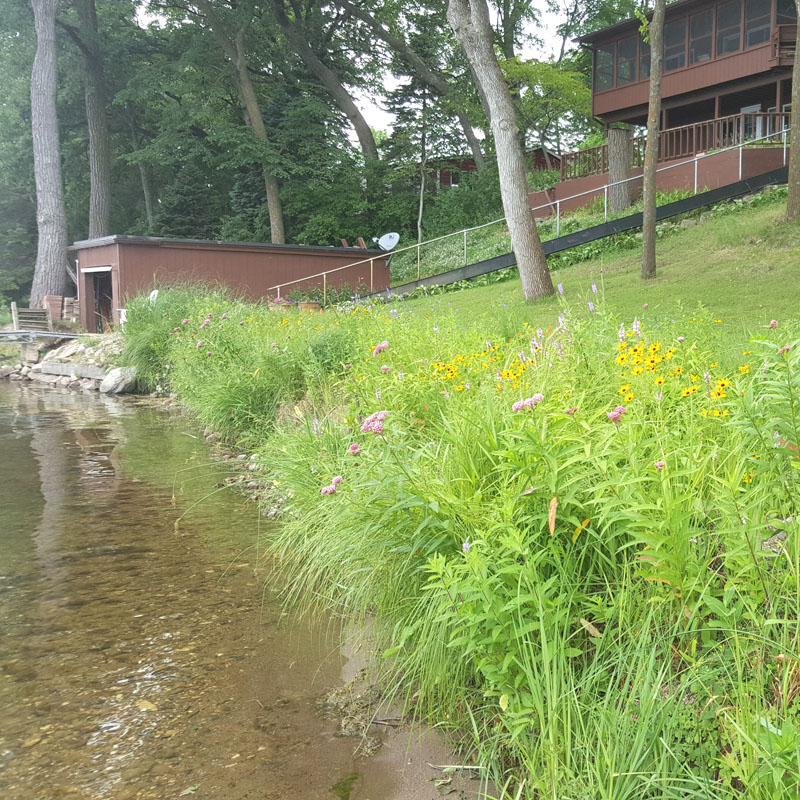
Want to restore your shoreline? Shoreline property owners can apply for grants to fund shoreline restorations projects.
- If you want to alter your shoreline, you are subject to Minnesota state rules and regulations, click here for more information: MN DNR Shoreline Alteration Information Sheets and MN DNR Permit Requirements
- For more information about shoreline restoration from the Minnesota DNR click here: Restore Your Shore
- For more information about shorelines from the Minnesota Board of Water and Soil Resources click here: Streambanks and Shorelines
Shoreline How-To Resources
Lower St. Croix Watershed Partnership Shoreline Resources
This page is a one-stop-shop for info about shorelines and also connects to Minnesota DNR, Blue Thumb, and Minnesota Lake & River Advocates.
Volunteer within the RCWD
RCWD Citizen Advisory Committee:
Serve on RCWD Citizen Advisory Committee. More information and to apply visit the Citizen Advisory Committee page.
Aquatic Invasive Species Detectors Program
Get trained by the Minnesota Aquatic Invasive Species Research Center (MAISRC) to make credible aquatic invasive species reports to the Minnesota Department of Natural Resources (DNR). The AIS Detectors program also offers workshops and courses for volunteers interested in citizen science, outreach and education, stewardship and support of AIS programs.
More information and to sign up here: AIS Detector Program
Water Quality Monitoring
The Citizen-Assisted Monitoring Program (CAMP) is a partnership to collect and analyze scientifically valid water-quality data from lakes in the seven-county Twin Cities area. Organizations and residents use the data to make better decisions about lake management.
More information and to apply here: Citizen Assisted Monitoring Program (CAMP)
Stream Health Evaluation Project (SHEP), in partnership with Friends of the Mississippi River and the MPCA, uses trained volunteers to evaluate the biological health of streams by sampling benthic macroinvertebrates, small stream-dwelling bugs.
More information and to apply here: Stream Health Evaluation Program (SHEP)
Adopt-a-Drain Minnesota
Storm drains flow directly to local lakes, rivers, and wetlands, acting as a conduit for trash and organic pollutants. Adopt-a-Drain asks residents to adopt a storm drain in their neighborhood and keep it clear of leaves, trash, and other debris to reduce water pollution.
Adopt a Drain here: Adopt-a-Drain Minnesota Website
Minnesota Water Stewards
Minnesota Water Stewards is a program that certifies and supports community leaders to prevent water pollution and educate community members to conserve and protect our waterways.
Apply here: Minnesota Water Stewards Website
Improve and Protect Water Quality at Your Home
Install Rain Gardens, Grow Native Plants
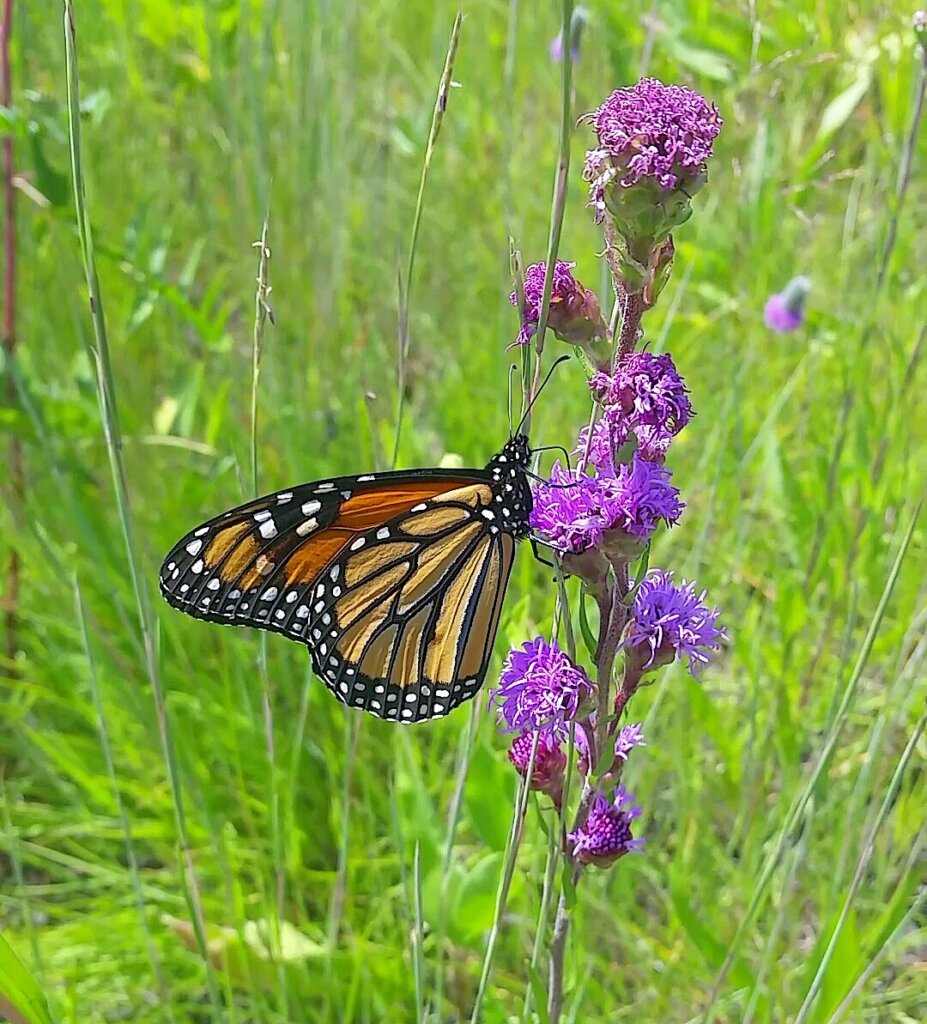
Rain gardens help to capture and filter stormwater runoff, preventing it from carrying pollutants into water bodies. Native plants have deep root systems that aid in soil stabilization, reducing erosion and preventing sediment from entering waterways. Additionally, native plants require less water, pesticides, and fertilizers, reducing the amount of harmful chemicals that can end up in our water systems.
Learn more about rain gardens with this quick YouTube Video from Anoka County Soil and Water District: Rain Gardens 101
List of Native plant suppliers, landscapers, and restoration consultants for Minnesota here: Minnesota DNR website
Install a Rain Barrel
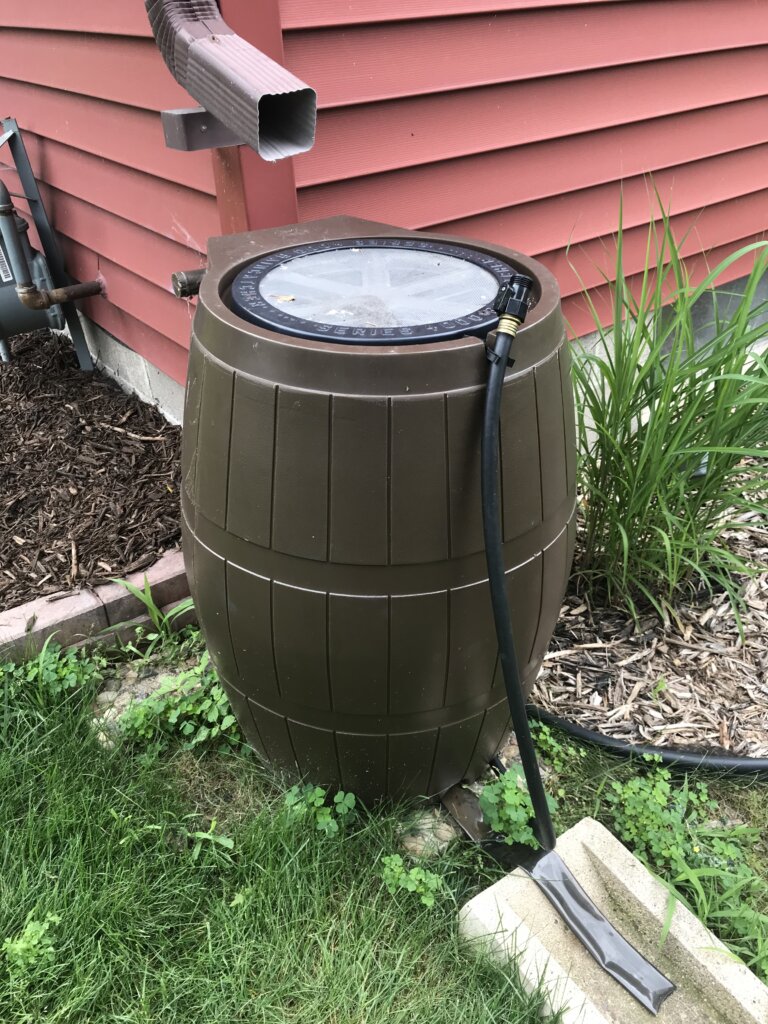
Rain barrels are great tools for stormwater management and water conservation at home. By collecting and storing rainwater, they reduce the amount of runoff that flows into storm drains and nearby water bodies, which can cause flooding and pollution.
Benefits:
- Free and sustainable water source for gardening
- Lawn irrigation, and other outdoor activities
- Reduce water bills by reducing reliance on municipal water supplies
Reduce Salt Usage in Winter
MPCA Smart Salting Program: MPCA Smart Salting Website
The MPCA Smart Salting Program provides training and resources to businesses and professionals, promoting responsible salt application practices to minimize environmental impacts and protect water quality during winter road maintenance.
Chloride in our water information from the MPCA: MPCA Chloride Website
Navigating City Ordinances Regarding Native Plants and Non-Traditional Lawns
Navigating ordinances in your city can be a crucial but sometimes complex task. These ordinances are designed to strike a balance between property owners’ rights and community interests in biodiversity and ecological health. Understanding and complying with these regulations typically involves researching the specific rules and restrictions in one’s city or municipality, which can vary widely.
On the positive side, many cities are increasingly recognizing the benefits of native plants. One example provide below from Roseville, MN. There are many cities around RCWD that support alternative landscaping and yards.
Example Ordinance and Policy from Roseville
1011.03 Landscaping and Screening in All Districts
Section 6 “Alternative Landscape Options: The City (Roseville) encourages the use of special design features such as xeriscaping, raingardens/bioswales, rooftop gardens, native landscapes, integrated pedestrian facilities, and public art.”
2023 MN Legislation Update: Cities must now allow managed natural landscaping to be installed and maintained on all parcels.
Effective July 1, 2023, municipalities are required to allow property owners and occupants to install and maintain managed natural landscapes (native plants).
This legislation offers several significant benefits. It encourages biodiversity by allowing native plant species to thrive, which, in turn, supports local wildlife populations and helps maintain ecological balance. It contributes to improved air and water quality by reducing the need for chemical fertilizers and pesticides. Moreover, native landscapes enhance the aesthetic appeal of urban areas, promoting a stronger connection to nature and overall well-being for residents. These natural landscapes can also be more cost-effective to maintain, as they require less water and maintenance than traditional lawns.
- Article from MN League of Cities regarding new legislation: Focus on New Laws: Managed Natural and Native Landscaping Permitted in Cities
- HF 1830 (House Bill Language)
- Article from WSB regarding new legislation: How Communities Can Prepare for Minnesota’s New Native Landscaping Law
Contact
To get involved and learn more, please contact:
